A team of SIT Engineering students won the Built Environment Case Competition 2021 with their proposal of a futuristic floating city.

The SIT team’s vision of floating living with hydroponic glasshouses along Singapore’s coastline.
Engineering students Teoh Mei Ting, Ashok Kumar, and Syed Noorhalim bin Abdul Razak started out with a simple goal: enter the Built Environment Case Competition (BECC) 2021 to further their knowledge on tackling climate change and to gain competition experience. Two months spent designing an impressive concept of a futuristic, floating city in Singapore led them far beyond that target – the team emerged as winners of the competition and netted a $1,200 cash prize.
The BECC, organised by the National University of Singapore (NUS) Civil Engineering & Environment Club, presents students with a problem faced by industry players of the built environment. Teams must then analyse and propose a solution that employs technology and sustainability. This year’s edition centred on Singapore’s relationship with living on water to tackle climate change and rising sea levels.

From left: The team comprised SIE (BS) students Syed Noorhalim bin Abdul Razak and Teoh Mei Ting, and Civil Engineering student Ashok Kumar.
The team, led by Mei Ting (Year 2, Sustainable Infrastructure Engineering (Building Services)), came up with the proposal for a Very Large Floating Structures (VLFS) development plan that involved a future floating city, pillars of sustainability, and feasibility studies. They chose the idea of floating structures as these would provide an opportunity for future expansion of land. At the same time, the structures would have the ability to stay resilient against changing tides and rising sea levels. The VLFS incorporates three system designs that would ensure its liveability:
- A durable and long-lasting platform design;
- A hybrid breakwater-wave energy converter system, which provides a 24/7 wave power resource for floating towns, and a breakwater feature of wave energy converters to reinforce the platform’s structural integrity; and
- An adjustable mooring system constructed with winches, a pulley system, and mooring lines. The system is connected to the seabed to ensure that the platform does not dislocate due to waves and is elevatable when the sea level rises.

A symbiotic relationship of aquaculture and hydroponic farms on the floating platform. Waste from aquaculture farms can be used as nutrients for hydroponic farms and plants grown can be used to feed fish.
To have a better grasp of the offshore renewable energy generator and floating structures, the team interviewed professionals in the built environment, marine, and mechanical engineering industries. They also drew on lessons from their programme modules. “The Materials Selection for Engineering Structure helped us to figure out which materials were best suited to our floating platform,” said Halim (Year 2, SIE(BS)). “The SIT-DNA of ‘Able to Learn, Unlearn, and Re-learn’ held true for us because we had to constantly learn new ways of looking at things in order to stay ahead in the competition.”
Their proposal stood out among other participating teams from Institutes of Higher Learning in Singapore, and they earned the chance to present their ideas to a panel of judges from the Building and Construction Authority, Green Building Council, NUS, Keppel Land, and SJ Global Architecture.

Containers on the floating platform that are refurbished into office spaces.
“This project really showed me the possibility of what it would be like to have a new, exciting, sustainable construction engineering career,” said Mei Ting. “Compared to land reclamation, developing floating cities along the coastline on VLFS could potentially be a fast, economical, and sustainable way to encounter rising sea levels whilst protecting our coastline.”
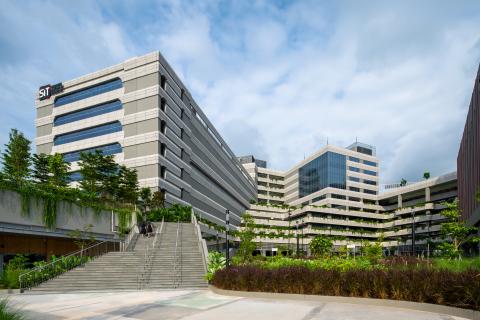
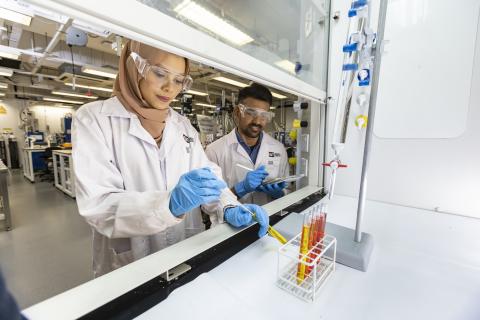




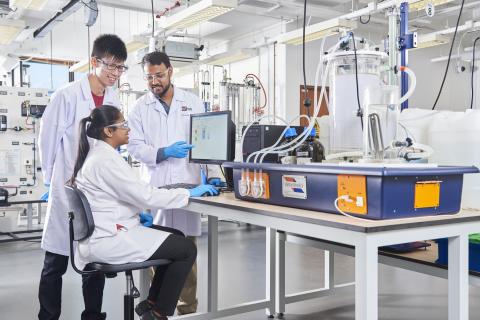
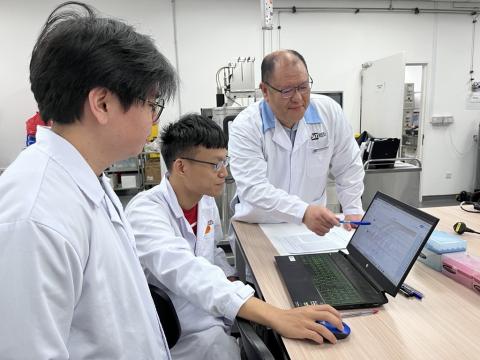
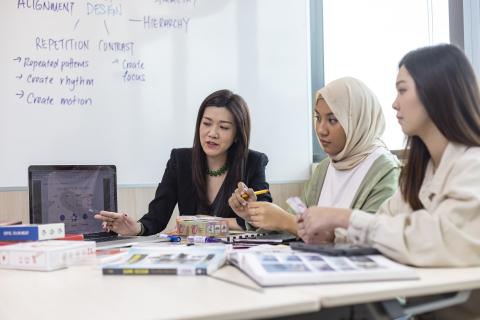

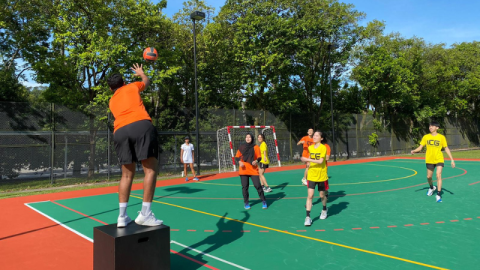
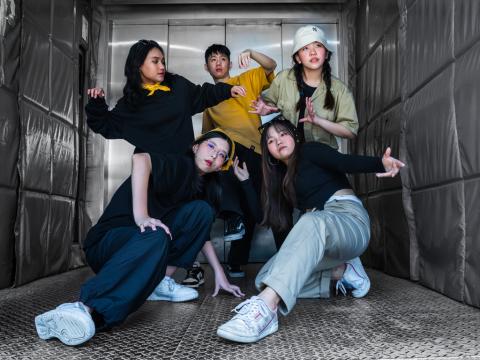



![[FA] SIT One SITizen Alumni Initiative_Web banner_1244px x 688px.jpg](/sites/default/files/2024-12/%5BFA%5D%20%20SIT%20One%20SITizen%20Alumni%20Initiative_Web%20banner_1244px%20x%20688px.jpg)


